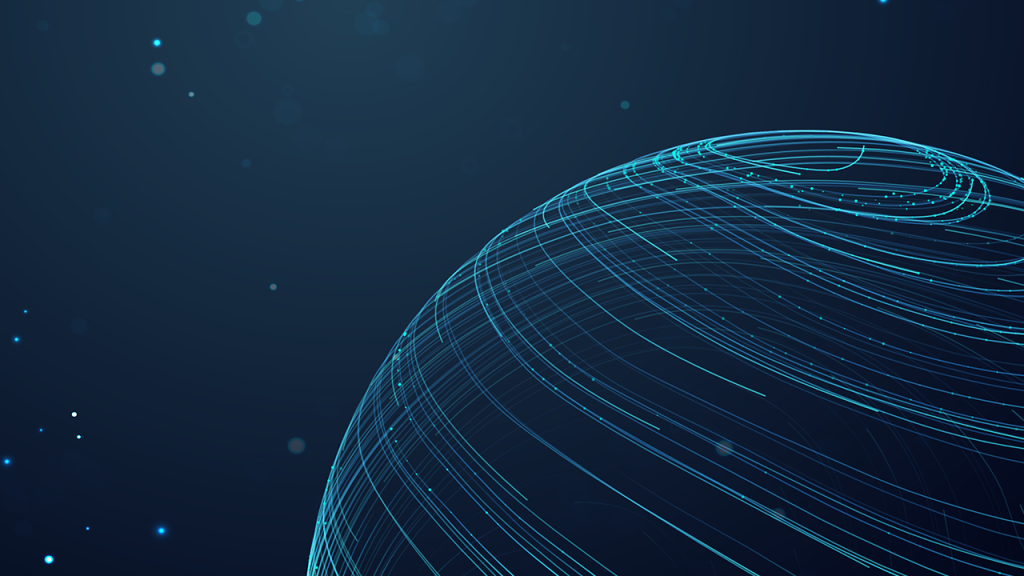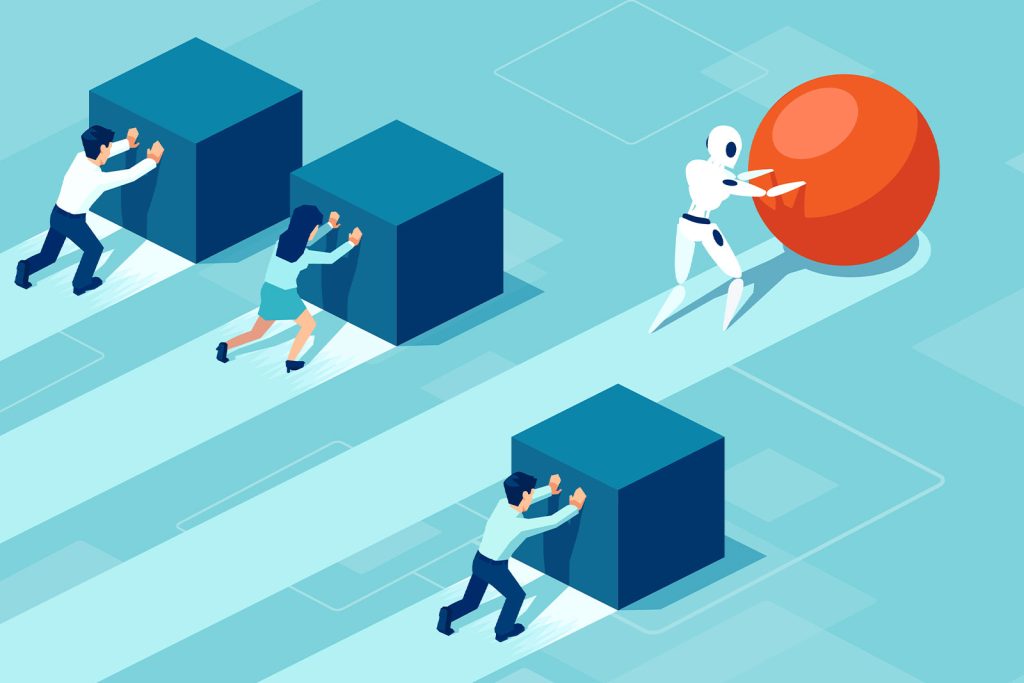Robotic data automation (RDA) is designed to optimize IT functions for a broad spectrum. It is the next generation data automation technology that is specifically designed to bring efficiencies to multiple IT functions including CXO/IT leaders decision making, IT Ops, Helpdesk, Salesforce.com, ServiceNow and other applications used by enterprises.
Here are the Top 5 strategic benefits that RDA can deliver that have both bottom line benefits as well as providing a competitive edge through data informed decision making capabilities.
- Too much data – harness the data to your advantage: Modern complex systems are easy to develop and deploy but extremely difficult to observe. These systems generate lots of data. One needs an automated way of handling this data from data preparation to cleansing to shaping to analyze and produce meaningful and actionable insights. RDA provides an easy way of extracting real time insights from any type of data – big, small, wide or any! With this ability, you will have the strategic advantage of empowering a broad spectrum of IT users with data informed decisions, which inturn will become a competitive advantage.
- Skill set gap – Data & ML: Numerous studies have shown that skill set gap is one of the key risks for the successful adoption of AI/ML among the enterprises. RDA is designed to change that and empower any IT user with data and ML capabilities . RDA makes it easy to consume and analyze any operational data and apply ML using a rich set of bots providing a consistent interface. RDA provides no code, simple natural language and bots based data pipelining to solve their day to day activities. Ex: Following 3 lines of code with bots to extract problem clusters insights from past 30days ServiceNow Incidents data.

- End-to-end automation (Hyper Automation): The holy grail of all IT leaders is end-to-end automation. There are many automation systems that are addressing domain specific and task specific activities such as ansible, chef, RPA etc. But there are two missing pieces that RDA helps to accomplish the dream of end-to-end automation. One is automated decision making using A/MLAcross various IT functions and the other is putting end-to-end workflows/pipelines to make quality data available for the AI/MLEngines. Both can be accomplished using RDA.
- Handle distributed analytics with Edge & IoT: With the advent of 5G and proliferation of IoT, the boundaries of IT are expanding. There is a need for analytics to be done closer to the Edge sources, and also compose distributed analytics from distributed regions and domains. RDA provides an easy way of doing edge analytics and compose distributed data analytics pipelines with Bot network. RDA Data Fabric connects bots from multiple regions and sites seamlessly to make distributed analytics a reality.

- Get a handle on critical AI technologies for IT – AIOps & Observability: AIOps and Observability are leading IT Ops analytics and monitoring technologies. But a lot of data plumbing and the high touch nature of these technologies are making it hard for the faster time to value. RDA automates most of AIOps & Observability pipelines to make these technologies cheaper, better and faster. RDA has successfully reduced AIOps implementation times more than 50%.
Get ahead of the game – IF RPA is giving you savings, RDA can give you the competitive advantage!
References:





